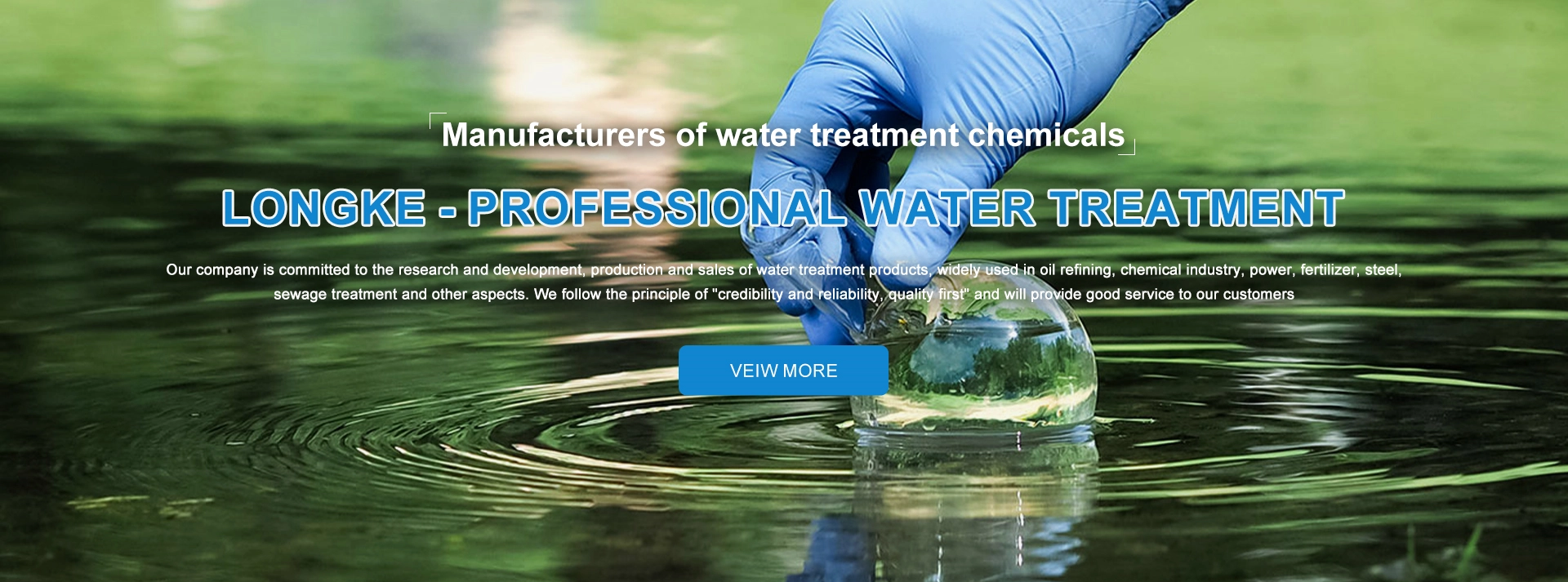Understanding the Processes of Coagulation and Flocculation in Water Treatment Systems
Coagulation and Flocculation Essential Processes in Water Treatment
Water is an essential resource for life, yet ensuring its purity and safety for consumption presents significant challenges. Among the various methods employed to treat water, coagulation and flocculation stand out as fundamental processes that effectively remove suspended particles, pathogens, and organic matter. Understanding these processes is crucial for water treatment professionals and environmental scientists alike, as they play a vital role in ensuring clean and safe drinking water.
Coagulation is the first step in the treatment process, where chemicals known as coagulants are added to the water. These coagulants, typically aluminum sulfate (alum) or ferric chloride, serve to destabilize colloidal particles suspended in the water. Under normal conditions, these particles carry a negative charge, which causes them to repel one another and remain suspended. The introduction of a coagulant neutralizes the negative charges, allowing the particles to overcome their natural repulsion.
Coagulation and Flocculation Essential Processes in Water Treatment
The effectiveness of coagulation and flocculation can be influenced by several factors, including the characteristics of the raw water, the type and dosage of coagulant used, and the conditions under which the process operates, such as pH and temperature. Water treatment professionals must carefully monitor these parameters to optimize the removal of contaminants.
coagulation flocculation

The next step after flocculation is sedimentation, where the formed flocs, now significantly larger than the original particles, settle to the bottom of the treatment tank due to gravity. This sedimentation process can take several hours, during which the clarified water rises to the top, ready for further treatment or distribution. The settled solids, referred to as sludge, are removed and disposed of or treated further, depending on regulatory requirements.
In addition to their role in water treatment, coagulation and flocculation have applications in various industries, including food processing, pharmaceuticals, and papermaking. The principles of particle aggregation and removal apply equally to these fields, highlighting the versatility and importance of these processes.
While coagulation and flocculation are effective treatments for a wide range of contaminants, they are not standalone solutions. They are typically followed by additional processes such as filtration and disinfection to ensure the water meets safety standards. Filtration removes any remaining particles, and disinfection, often achieved through chlorination or UV light, eliminates pathogens that may still be present.
The importance of coagulation and flocculation in water treatment cannot be overstated. These processes not only improve the aesthetic quality of water by removing turbidity but also significantly reduce the risk of waterborne diseases. As global water resources become increasingly stressed due to pollution and climate change, refining and optimizing coagulation and flocculation techniques will be essential for ensuring access to clean drinking water for future generations.
In conclusion, coagulation and flocculation are pivotal processes in water treatment that effectively remove contaminants, making water safe for consumption. Their application extends beyond municipal water treatment plants, impacting various industries and environmental health. Continuous advancements in technology and research will further enhance these processes, contributing to a sustainable and safe water supply worldwide.
-
Pbtc Scale InhibitorPBTC: A Scale Protector for Industrial Water TreatmentNewsAug.05,2025
-
Organic Phosphonate: An Efficient Defender in the Field of Scale InhibitionNewsAug.05,2025
-
Hydrolyzed Polymaleic Anhydride: Green Pioneer in Scale Inhibition FieldNewsAug.05,2025
-
PAPEMP Polyamino Polyether Methylene Phosphonic Acid For SaleNewsAug.05,2025
-
Flocculant Water Treatment: A Pioneer in Purification in the Field of Water TreatmentNewsAug.05,2025
-
Benzyl Isothiazolinone: An Efficient and Broad-Spectrum Antibacterial Protective GuardNewsAug.05,2025





